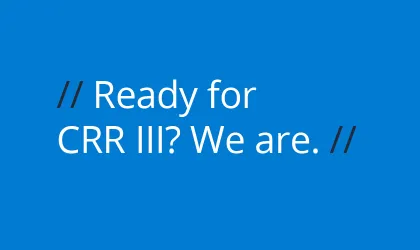Credit risk management refers to the steps a credit institution takes to minimise the risk of loan defaults. These include careful lending, monitoring of borrowers and ongoing risk assessments.
The first phase of credit risk management begins with the decision to grant a borrower a credit line. For this purpose, the borrower's creditworthiness is checked and a decision on creditworthiness is made. After the credit has been granted, the credit institution monitors the borrower to ensure that he or she complies with the credit terms and meets his or her obligations. Lending limits may also be set to minimise risks.
The loan portfolio must be regularly assessed for risks. By regularly reviewing borrowers, collateral and loan terms, credit risk can be minimised and adjustments made if necessary. For this purpose, a rating agency is usually used to evaluate the borrower and the credit quality.
Overall, credit risk management plays an important role in the stability and success of a credit institution. Careful screening of borrowers, regular monitoring and risk assessment as well as the adjustment of credit terms can help to minimise credit risk and strengthen confidence in the credit institution.



